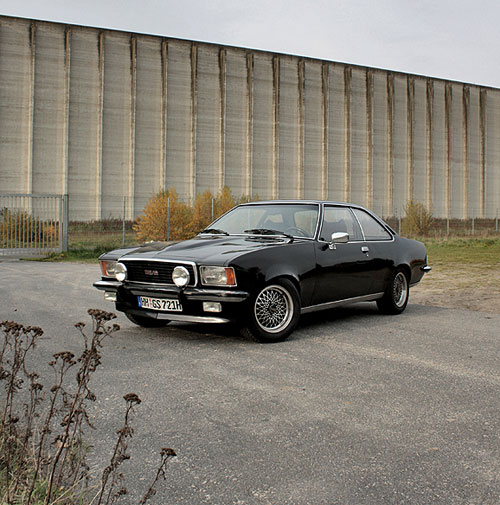160PS and more than 200km / h top speed in a middle-class family car?
early 70s was anything but usual. But as the previous model Commodore A, Opel also needed for in '72 introduced B-model, a befitting to not let the balance between the civil record and its own upper-class models with Detroit V8 units are too large .
Unfortunately, the V8 version appeared in charge at that time as profitable, which is, of course, from today's perspective, very bad. Instead, the compact 6-cylinder were grown sharply revised and with electronic fuel injection systems up to 160 hp.
ran Sun, the designed on the basis of the record C, A, between February 1967 and Commodore in July 1971 a total of 156 330 from the tape.
The Commodore B was built until 1977 140.827 times. He was also based on the record, which became in his time the best-selling mid-size car in Europe.
The differences were clear from the record. Powerful engines with 6 cylinders instead of 4, a firmer suspension, precise power steering and an extensive equipment allowed the father to ascend to the amateur racer.
The differences were clear from the record. Powerful engines with 6 cylinders instead of 4, a firmer suspension, precise power steering and an extensive equipment allowed the father to ascend to the amateur racer.
However, not only in the left lane, even in motor sports the Rüsselsheim family could be proud athletes. In particular, the powerful yellow-black-Commodore A Steinmetz taught the BMW coupe, Porsche 911 and Ford Capri RS on all Racetracks in fear. Finally Opel even offered a specially tailored to the needs of rebuilding consent motor sports variant, the 2800 GS Motorsport.
Even the design of the new generation was not difficult to see. The nice hip movement in the Coke-bottle design was indeed gone, but the sequel had its own individual appeal. Where the A-model many details playful and had a typical American, the B-model was simply sporty, almost Italian-style, if you look at the smooth, sleek lines and the strikingly large windows with the fine A-pillar. It was just an American named Charles M. Jordan, zuvor Chefdesigner der Detroiter Ateliers, der diese Design-Evolution vollzog.
Dieser Artikel erschien im ausverkauften ABGEFAHREN Magazin #01
Fotos und Text: Alex Boehm
Dieser Artikel erschien im ausverkauften ABGEFAHREN Magazin #01
Fotos und Text: Alex Boehm





0 comments:
Post a Comment